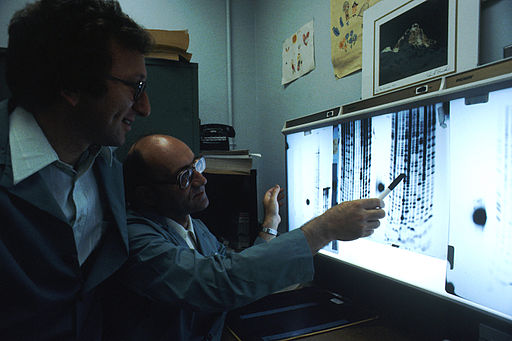Aggregated News

The intricate development of the fetus is yielding its long-held secrets to state-of-the-art molecular technologies that can make use of the mother's blood.
Life starts with a puzzle. Out of sight in a mother's womb, 3 billion letters of DNA code somehow turn into 3D bodies, all in the space of a mere 40 weeks. Fetuses form eyes, brains, hearts, fingers and toes — in processes that are meticulously coordinated in both time and space. Biologists have pieced together parts of this puzzle, but many gaps remain.
Now, a crop of molecular technologies is giving scientists tantalizing hints about how to fill in those gaps. Improved ways of reading and interpreting the information in fetal genetic material are uncovering a raft of genes involved in human development, and letting researchers eavesdrop on the hum of gene activity before birth. They can see which genes turn on or off at pivotal moments, and sense how the environment nurtures or intrudes on this.
Even the vital life-support system that we jettison at birth — the placenta — is laying bare its secrets...



